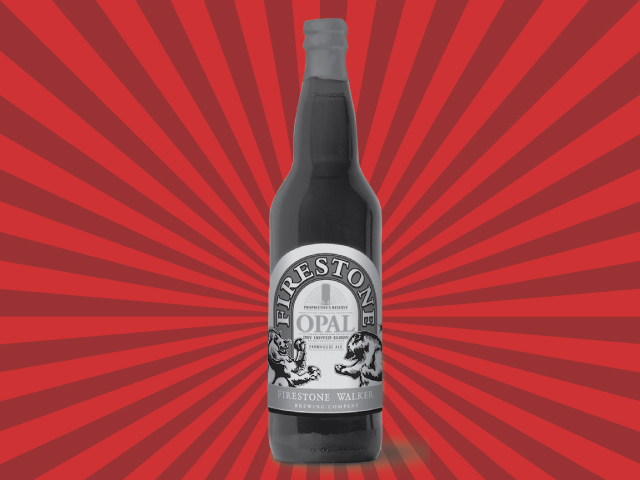This California Saison Is Worth A Trip, But You Can Find It In Chicago
By Jenny Pfafflin in Food on Aug 21, 2015 8:53PM

The beauty, and the curse, of beer is that it’s not tied to time or place. Today, you can drink a porter made in New England, which is probably very close to the beer that porters drank on London docks around the turn of the last century. And because of that, brewers can make a American IPA in Copenhagen, traditional German beers in St. Louis, or a Czech pilsner in Shanghai.
The best beers, however, do evoke a time and a place. And there is no other beer style that exemplifies that better than the saison—after all, its name is a literal translation of the word “season.” By its very nature, it’s tied to a time.
Originally made during the slower seasons by farmers in Wallonia—the French-speaking, Southern part of Belgium—saisons are rustic beers, stored until the summer when they’d then be used to quench the thirst of workers out in the fields.
These dry, pale ales were slightly higher in alcohol content to survive storage in the cooler months, but were not too high in alcohol to keep from satisfying the thirst of farmhands. Beyond these characteristics, a saison at one farm probably tasted different from one made by another family, with each farmhouse brewery developing its own kind of “terroir,” primarily through house yeast strains. Like other indigenous beer styles before it, saisons became nearly extinct until Saison Dupont—considered one of the best beers in the world—reached U.S. shores for the first time in the '80s and inspired a new generation of American brewers.
These days, it’s not unusual to find a saison in the portfolio of an American craft brewery. But it is unusual to find ones that genuinely elicit an esprit of time and place. There are U.S. breweries making beautiful saisons—Boulevard’s Tank 7, Brooklyn Brewery’s Sorachi Ace, and Ommegang’s Hennepin are benchmarks of the style for good reason. Next time you find yourself sitting on your porch on hot night, wearing the humidity and listening to cicadas chirp, do yourself a favor and spend some quality time with one of those beers. But for every great saison made Stateside these days, there are dozens of inauthentic ones—sure, they follow the basic recipe that makes a saison a saison, but they seem to lack a certain amount of soul.
If you still have summer vacation time ahead of you, fly to Los Angeles and rent a car. Spend an evening in Downtown LA and admire Art Deco buildings at night. Get up early, eat a diner breakfast, and head north up the 101. The traffic out of LA will drive you crazy, but soon enough, the Pacific Ocean is by your side for the next few hours—an ever-reaching arm towards the serene. Take a pit stop in Solvang, the Danish City, and eat ebelskiver. Then continue north, passing through the pastoral vistas of Paso Robles, the inner rage of LA traffic left long behind.
In Paso, you may find yourself at Firestone Walker, drinking its dry-hopped saison, Opal, in the restaurant located amongst an immense campus of brewery buildings. In its belly, Opal is chaparral and sunshine; it’s dry, honey-grained, slightly tart and spicy, while dry-hopping by the Hallertau Blanc hop gives it big, white wine grape aromatics, brightened by pineapple and lemongrass. It’s thirst quenching and refreshing. Opal is a time and place—the late summer sun above West Coast, a drive through the wine country, and the smell of fruit and earth.
You can find Firestone Walker Opal on draft and in bottles around Chicagoland. Check beermenus.com for details.